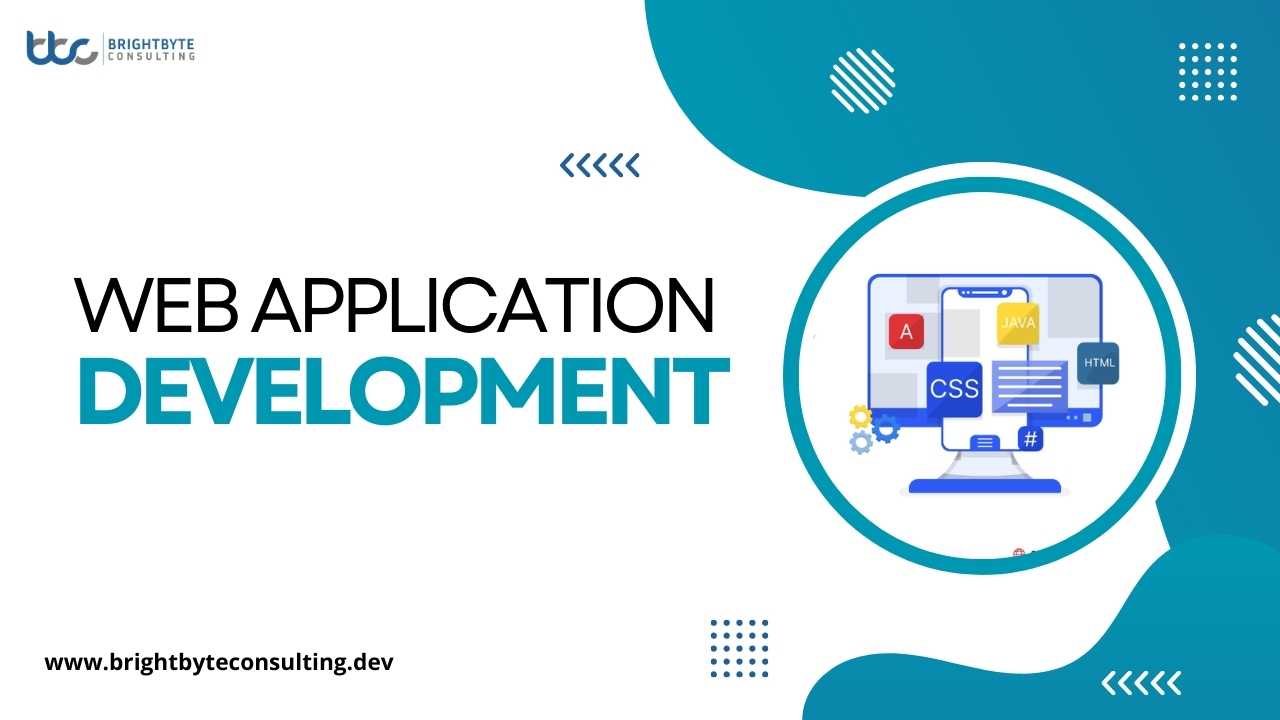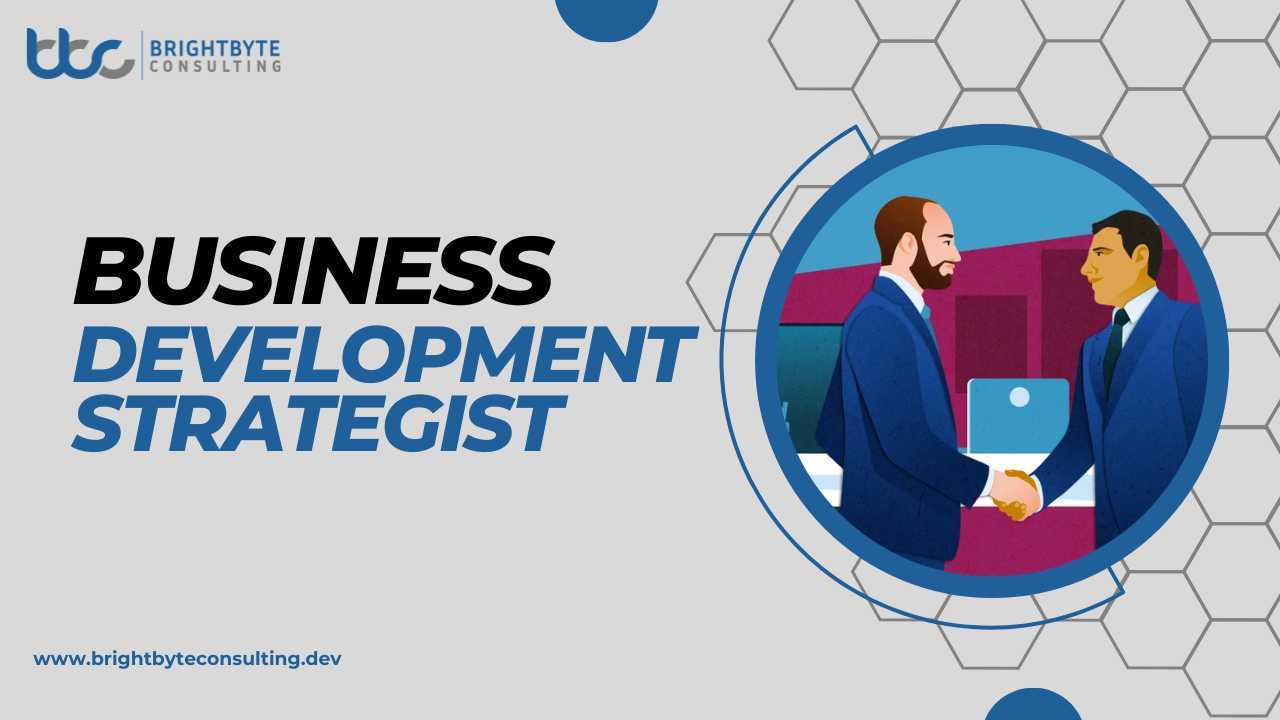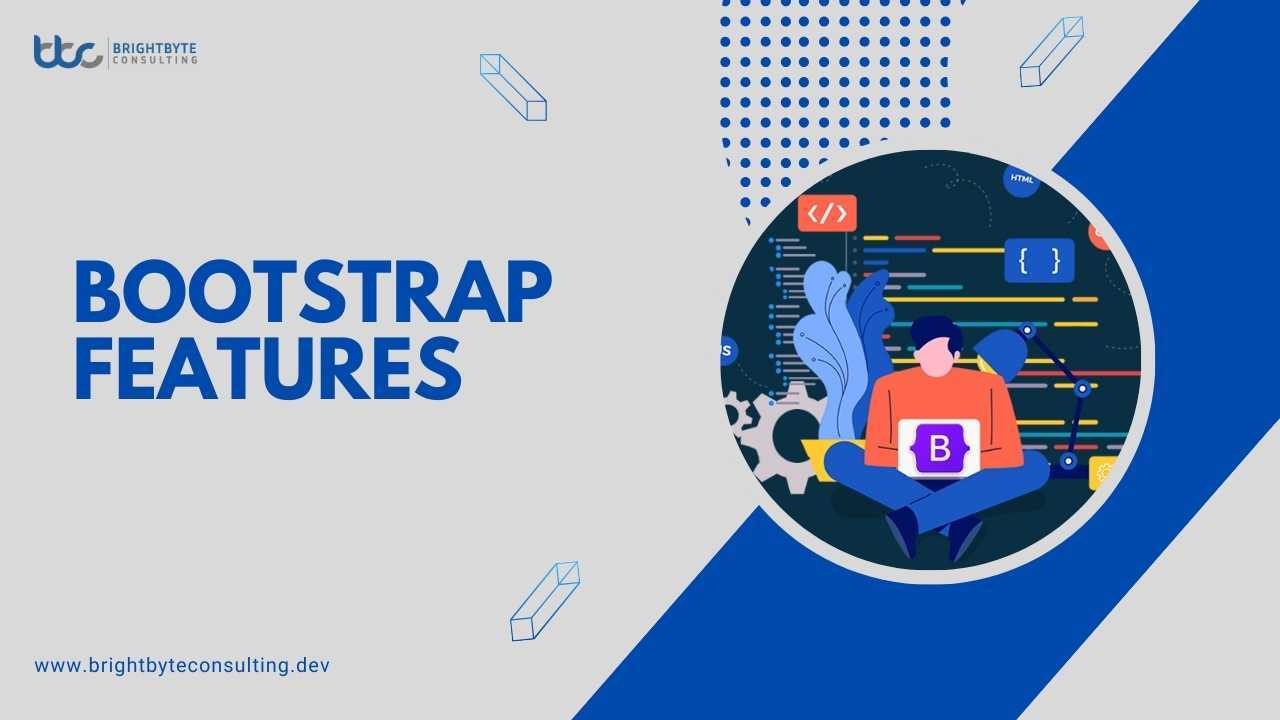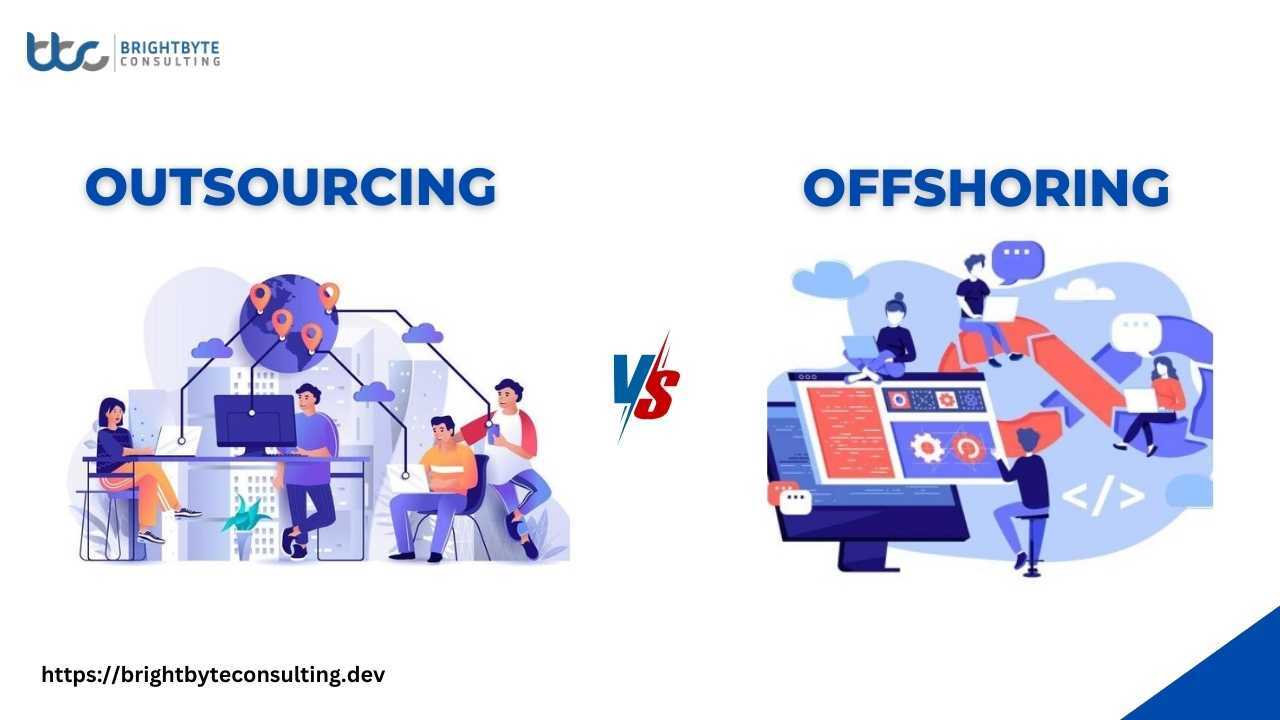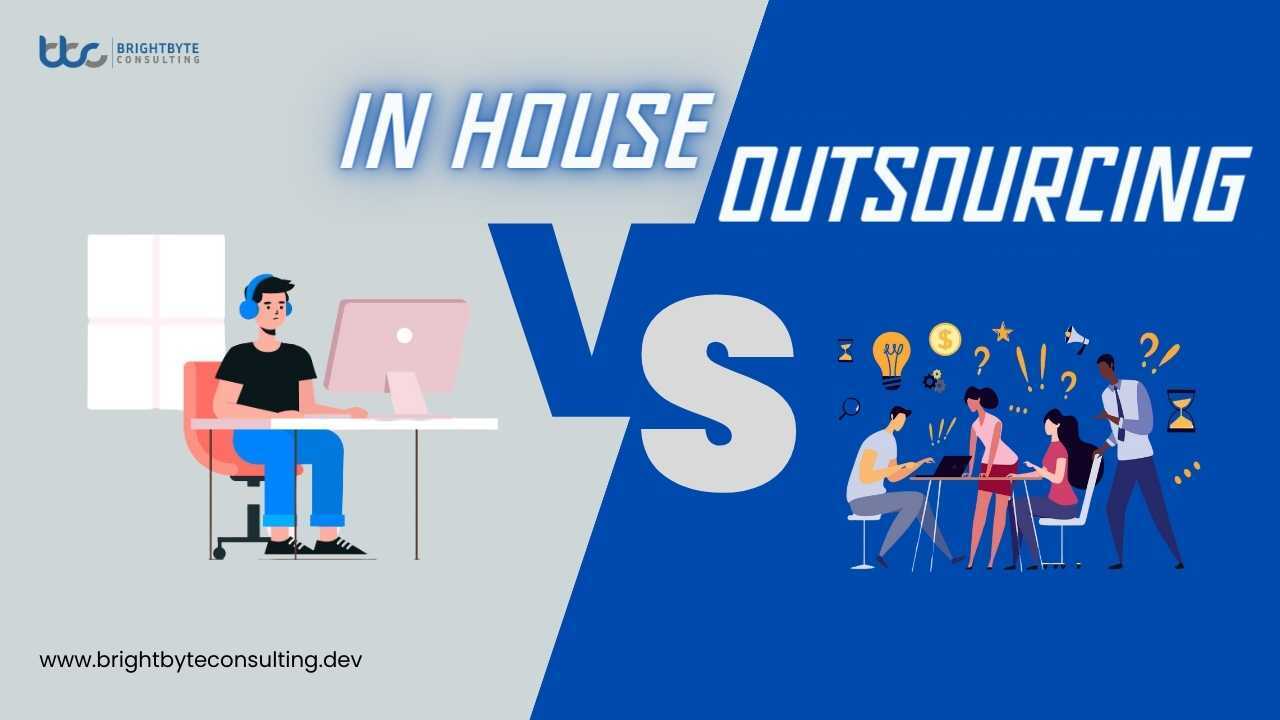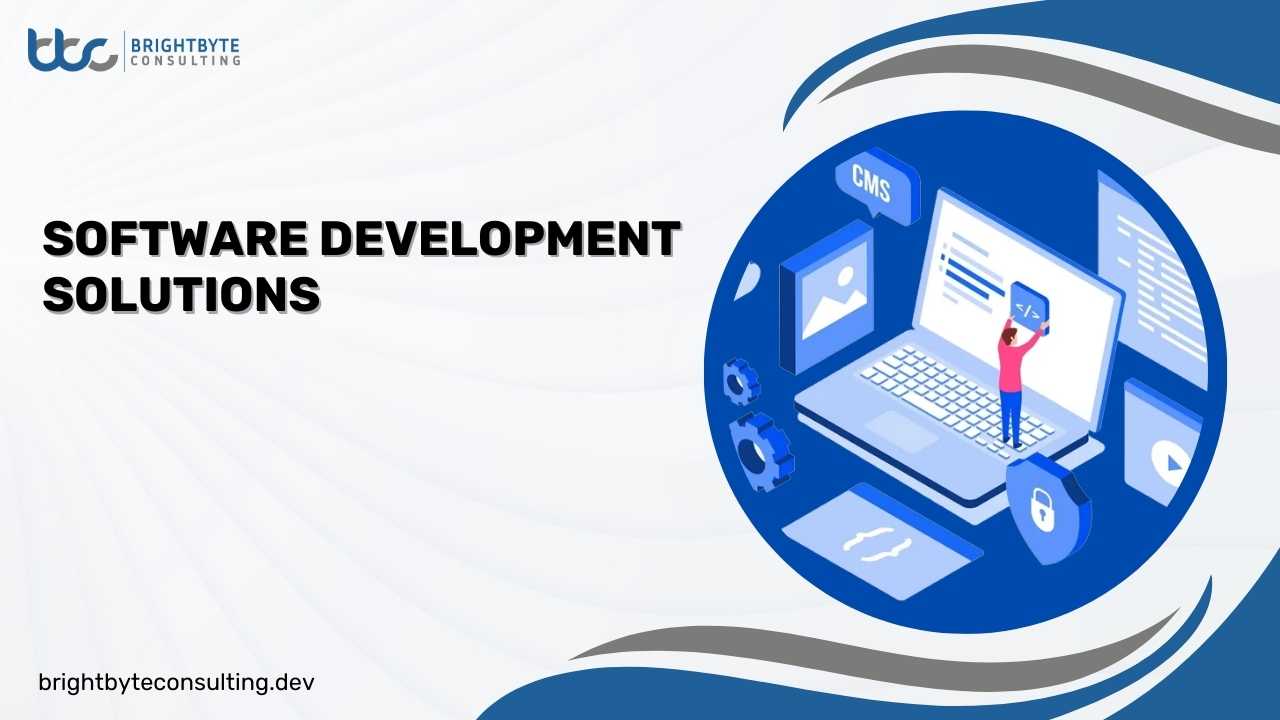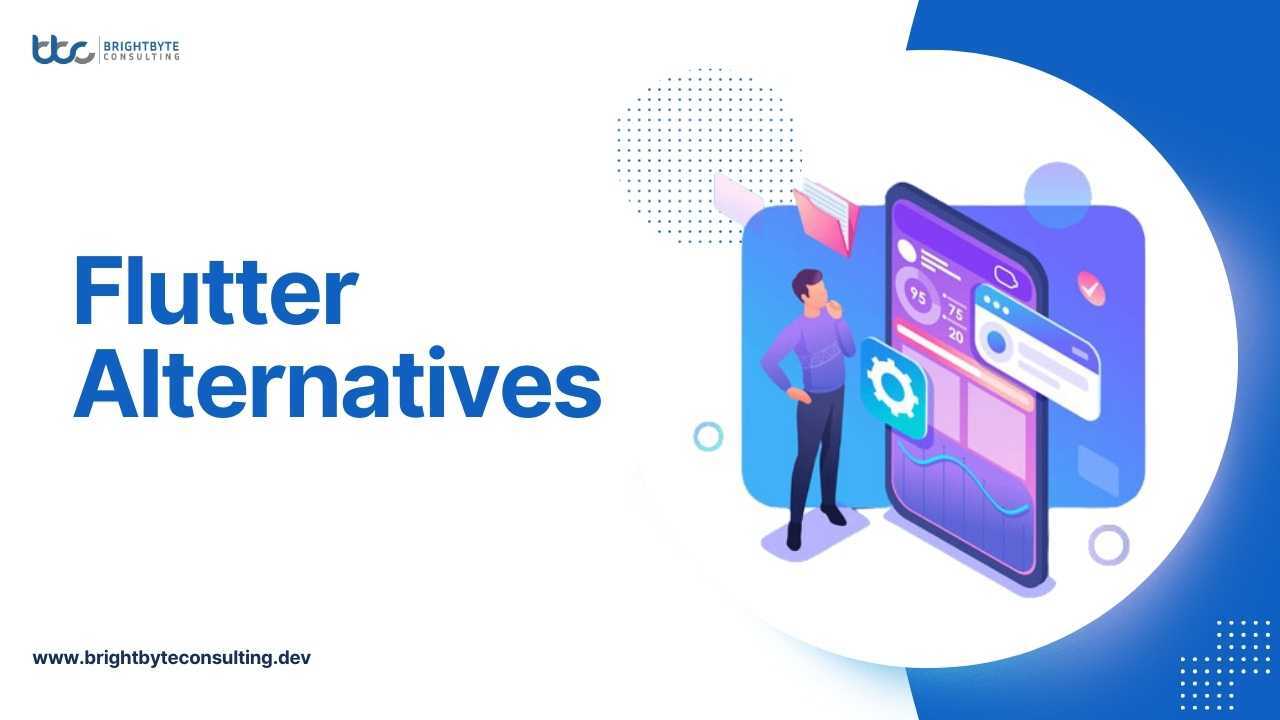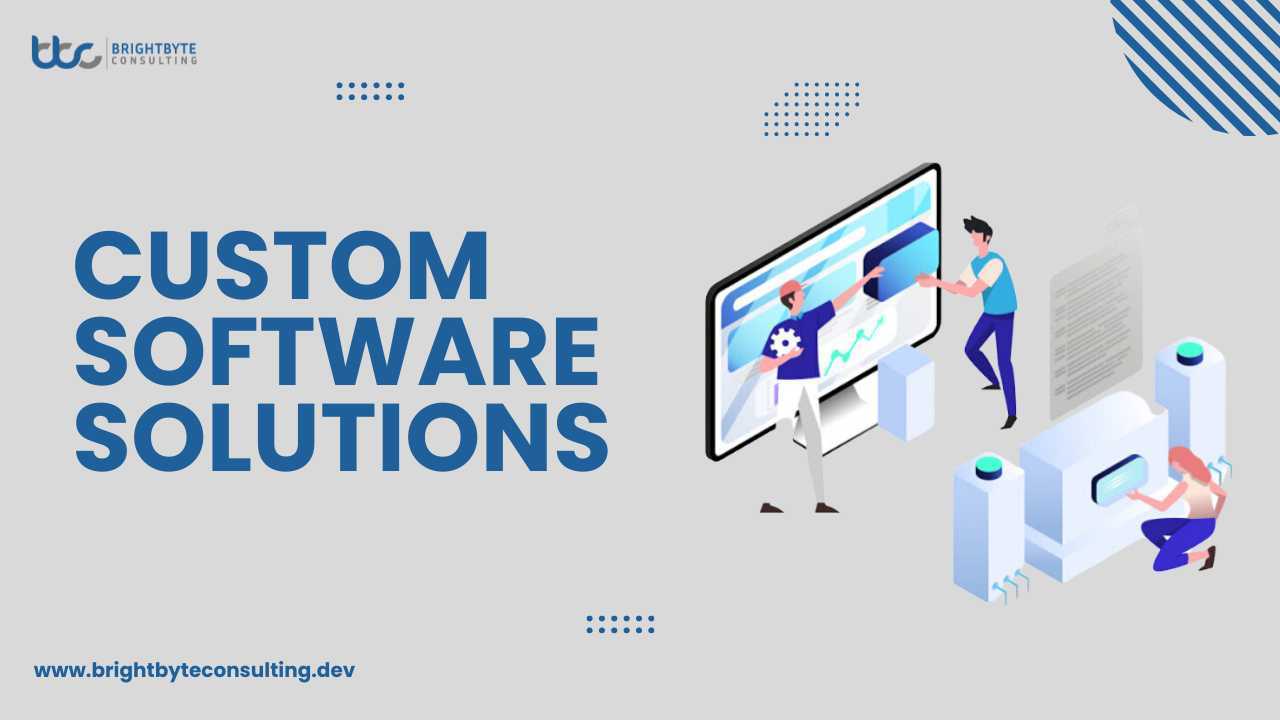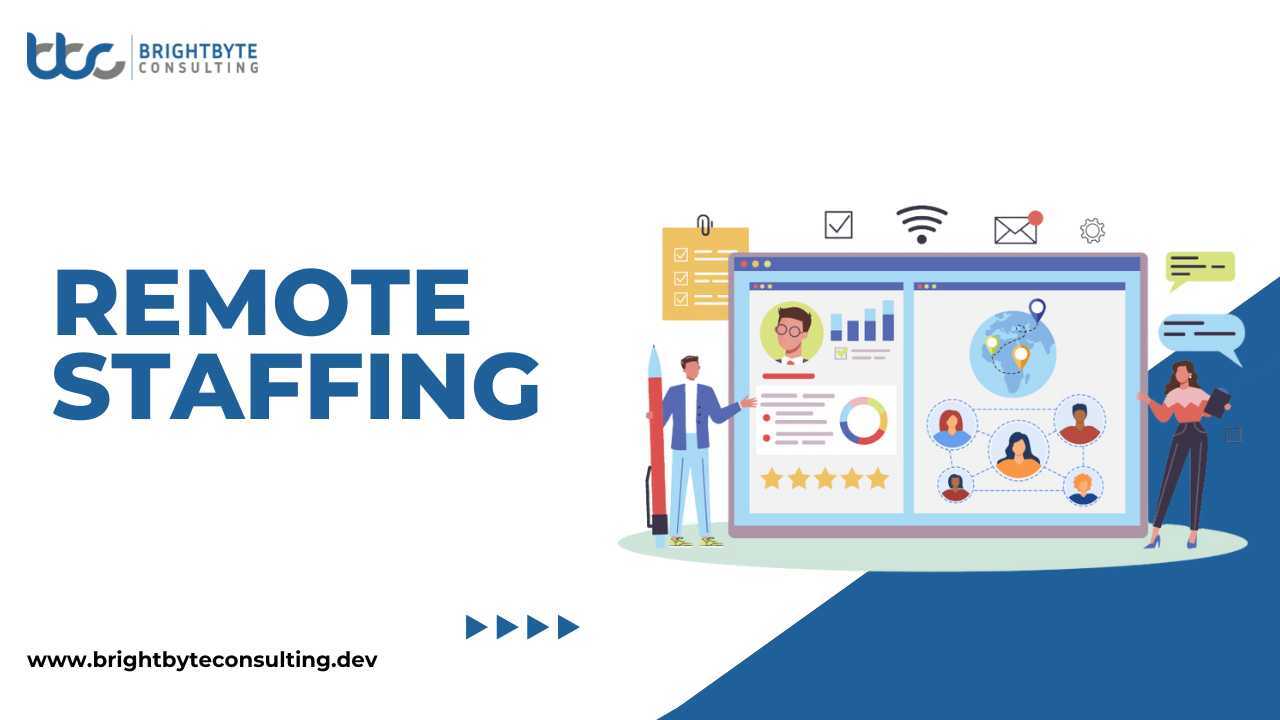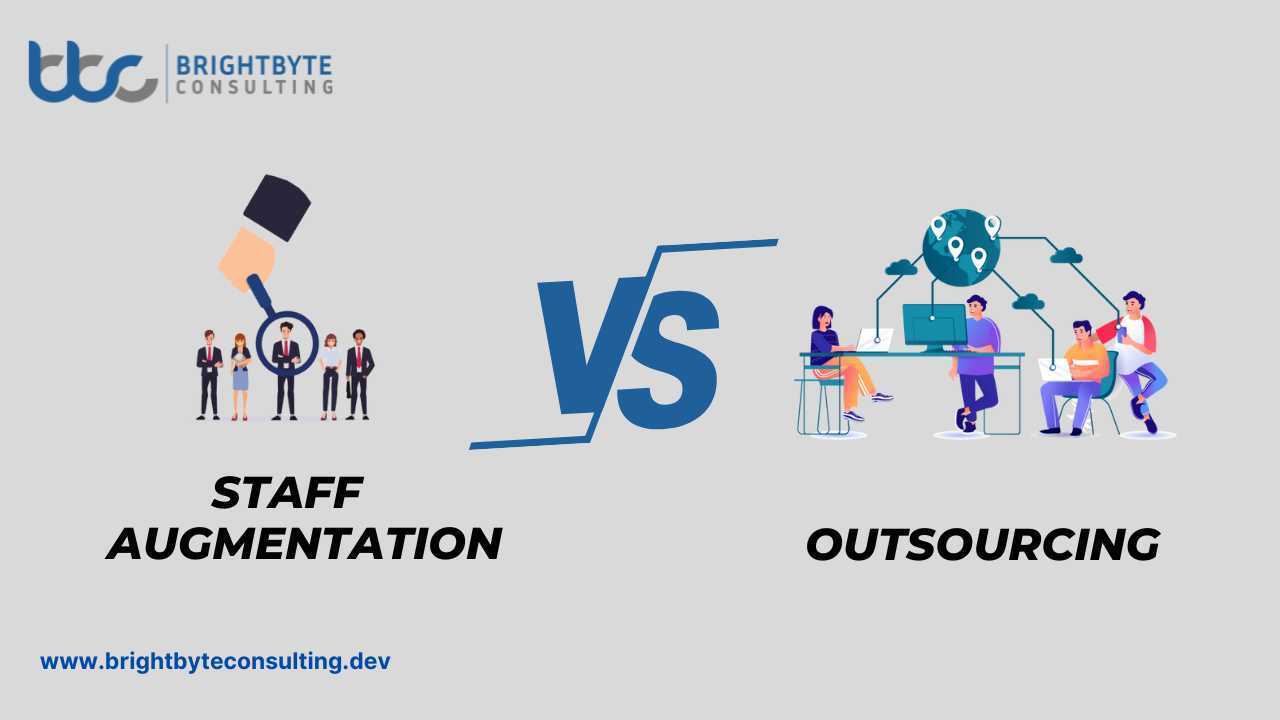You may have heard that “If it ain’t broke, don’t fix it” but the person who said this never had to deal with software systems. In today’s environment businesses need to provide exceptional services to compete globally. And for this Web Application Development is one of the best options. With the passage of time web pages have evolved and have become more interactive, engaging and efficient.
With the help of web app development it’s easy for businesses to sell their products and services online. It’s easy for businesses to adapt according to the market and user’s demands. Custom web application development can help companies to streamline their workflow and increase revenue.
What is a Web App?
To simply define, a web application is an interactive software which can run on a browser. In comparison with local applications which are installed on mobile devices or tabs, web apps are stored on a remote server. These web applications can be accessed anywhere by the user with the help of internet connection. By using browsers web apps are compatible with most of the operating systems. Web application development delivers high level experience to their users. You don’t have to download a web application as it can be accessed by a browser like Google, Safari, Mozilla Firefox.
Types of Web Applications
Following are the main types of web application development along with their examples:
- Static Web Application: Examples are resume websites, brochure websites, one-off landing pages, portfolio websites etc
- Dynamic Web Application: Examples are Facebook, Spotify, Twitter etc.
- E-Commerce Web Application: Examples are Shopify, WooCommerce, Square, Ali Express, Flipcart etc
- Single-page Web Application: Examples are Google Maps, Gmail, Airbnbv, Google Drive, GitHub, Netflix etc.
- Portal Web Application: Examples are Santander Bank, USA.Gov.In, Student and Faculty Portal etc
- Content Management System Web Application: Examples are WordPress, Joomla, Drupal, Wix, Ghost etc.
- Animated Web Application: Examples are Marie Weber, Wonderful Weekends Festival, Waze, Pete Nottage etc.
- Progressive Web Apps: Examples are MakeMyTrip, Starbucks, Pinterest, Uber Technologies etc
Programming Languages for Web Application Development
Some of the top frontend and backend programming languages for web application development are given below:
| Frontend | Backend |
| HTML | Python |
| jQuery | PHP |
| Java | Java |
| Swift | C# |
| Angular | Ruby |
| C | Swift |
| PHP | Kotlin |
Web Application vs Website
The following points will help you understand the difference between a web app and website:
| Aspect | Website | Web Application |
| Purpose | Provides information or content | Performs specific tasks or functions |
| Interaction | Primarily one-way (user consumption) | Interactive, allows user input and manipulation |
| Complexity | Generally simpler | Can be more complex |
| Functionality | Limited functionality, focuses on content | Rich functionality, often with specific tasks |
| Dynamic Content | Mostly static content | Often includes dynamic content or features |
| User Engagement | Limited user engagement and interaction | Encourages user engagement and interaction |
| Interactivity | Limited or no user input required | User input required for various functionalities |
Benefits of Web Application Development
Following are the benefits of web application development:
- Web application development allows easy access to users as they can be accessed from anywhere with the help of the internet.
- Web apps are faster and affordable as compared to native apps.
- Web applications also offer cross platform compatibility as they can run on multiple operating systems.
- Users can use web applications directly from the browser they don’t need to be downloaded.
- Web developers can easily roll out updates and changes. Therefore there is no need for users to manually update the software.
- Web applications are more secure as they are hosted on specific servers.
- Web applications can be easily integrated with third party users and APIs.
Examples of Web Applications
Some of the examples of web application development are explained below:
| Web Apps | Characteristics |
| Mailchimp | Marketing automation and email platformFounded in 2001Simple to useHelps you manage your clients, customers, and other third partiesHighly complex web application with interactive UI |
| Notion | All in one web application for note taking, project management and collaborationAllows users to build documents by adding different types of content blocks.Released in 2016Also provide templates for different use cases |
| Google Docs | Also available as a mobile appCreated in the year 2012 and is best for reading, writing and editing docs.Multiple users can edit a document simultaneously Users can also ad suggestions and comments within the document |
| Airtable | Also known as Online ExcelCloud based platform which combines the functionality of a spreadsheet with a databaseComplex web application with thousands of usersAllows users to create custom fields with different data types |
| Xero | Cloud based accounting platform Generate various financial reports Track inventory levels, manage stock items, and monitor inventory costs. Handle transactions in multiple currencies. |
How to Develop a Web Application?
For web application development following are the steps you need to follow:
Idea Generation
- The first step is to identify the problem and look for the possible solutions.
- If you think that web application development can solve the issue, proceed to the next stage.
Market Research
- This is one of the most important steps. Try to understand the users and scope of the problem.
- You need to know what your competitors are offering and come up with a unique idea that will separate you from the competitors.
Apps Functionality
- Next step in web app development is defining your app’s functionality.
- List out all the features that will address the problem but don’t add to many extra features. A complex app takes more time and resources for completion.
Create a MVP
- Now you need to create a Minimum Viable Product. An MVP is a version of the main product which consists of core features to work and is available to early users.
- This will help you get early user feedback and you can make the desired changes.
Wireframe and Prototype
- Design the app’s blueprint and create an interactive display.
- Utilize low-code platforms for wireframing and prototyping for ease of communication and validation.
Validation
- Join different social media platforms and present your idea.
- If you get positive feedback then start building your app.
Development
- Build the frontend and backend of your website in the development process.
- Use different tools and technologies to make your web app responsive
Testing
- After completing development process the next step is the multiple time testing of your website.
- If there are any bugs or issues in the app then resolve it so that the app can go to deployment phase.
Deployment
- Deployment is the last step of web application development. Choose a host to make your app available on the cloud.
- When the app is available on the cloud users can access it from anywhere using the internet.
- Provide continuous maintenance and support as well to improve your web app.
Web App Development Frameworks
Some of the most commonly used frameworks for building a web app include:
- Django
- Express.js
- Angular
- jQuery
- Ruby on Rails
- Laravel
- ASP.NET Core
- Meteor
- Flask
- Bootstrap
- Next.JS
- FastAPI
How Bright Byte Consulting Can Help You?
Bright Byte Consulting is a leading software and IT consulting firm founded by visionary developers. Renowned for our forward-thinking approach, we specialize in crafting bespoke software solutions and cutting-edge products. Our commitment to client satisfaction is unwavering, as we meticulously plan and flawlessly execute projects to provide innovative solutions. At Bright Byte Consulting, we strive for excellence by delivering top-notch applications and fostering the growth of our talented team, all in pursuit of a brighter future.
Conclusion
To conclude, web application development has revolutionized how businesses operate, offering a gateway to exceptional services. Web application development facilitates smooth adaptation to market demands and user needs. These apps reside on remote servers and are accessible via internet browsers. Web apps range from simple static web pages to complex, interactive platforms. The benefits of web app development extend beyond accessibility and functionality.
Web apps provide cross-platform compatibility, ease of updates, increased security, and integration with third-party services and APIs. The development process ranges from idea generation and market research to MVP creation, prototyping, validation, and deployment. Employing frontend and backend programming languages, along with frameworks like Django, Angular, and Laravel, streamlines the process.
At Bright Byte Consulting, we offer a range of cutting-edge services, including web application development, enterprise solutions, project management, DevOps, AI, and blockchain development. Our commitment lies in crafting responsive, innovative, and customized solutions using the latest technologies. Join us on this journey of digital transformation, where efficiency, creativity, and client satisfaction converge.
FAQs
What are web applications?
Web applications are software programs accessed via web browsers, residing on remote servers rather than the user’s device. They range from simple static pages to complex platforms offering various functionalities and services.
Why develop a web application?
Developing a web application offers numerous benefits, including accessibility from any device with an internet connection, cross-platform compatibility, ease of updates, increased security, and integration with third-party services and APIs.
What is the web application development process?
The web application development process typically involves idea generation, market research, defining functionality, creating a Minimum Viable Product (MVP), wireframing and prototyping, validation, development, testing, deployment, and ongoing maintenance and support.
Which frameworks are commonly used for web application development?
Popular frameworks for web application development include Django, Express.js, Angular, jQuery, Ruby on Rails, Laravel, ASP.NET Core, Meteor, Flask, Bootstrap, Next.JS, FastAPI, and more.
How can Bright Byte Consulting assist with web application development?
Bright Byte Consulting specializes in crafting bespoke software solutions and cutting-edge products tailored to clients’ needs. Our forward-thinking approach, experienced team, and commitment to client satisfaction ensure innovative and top-notch applications.

